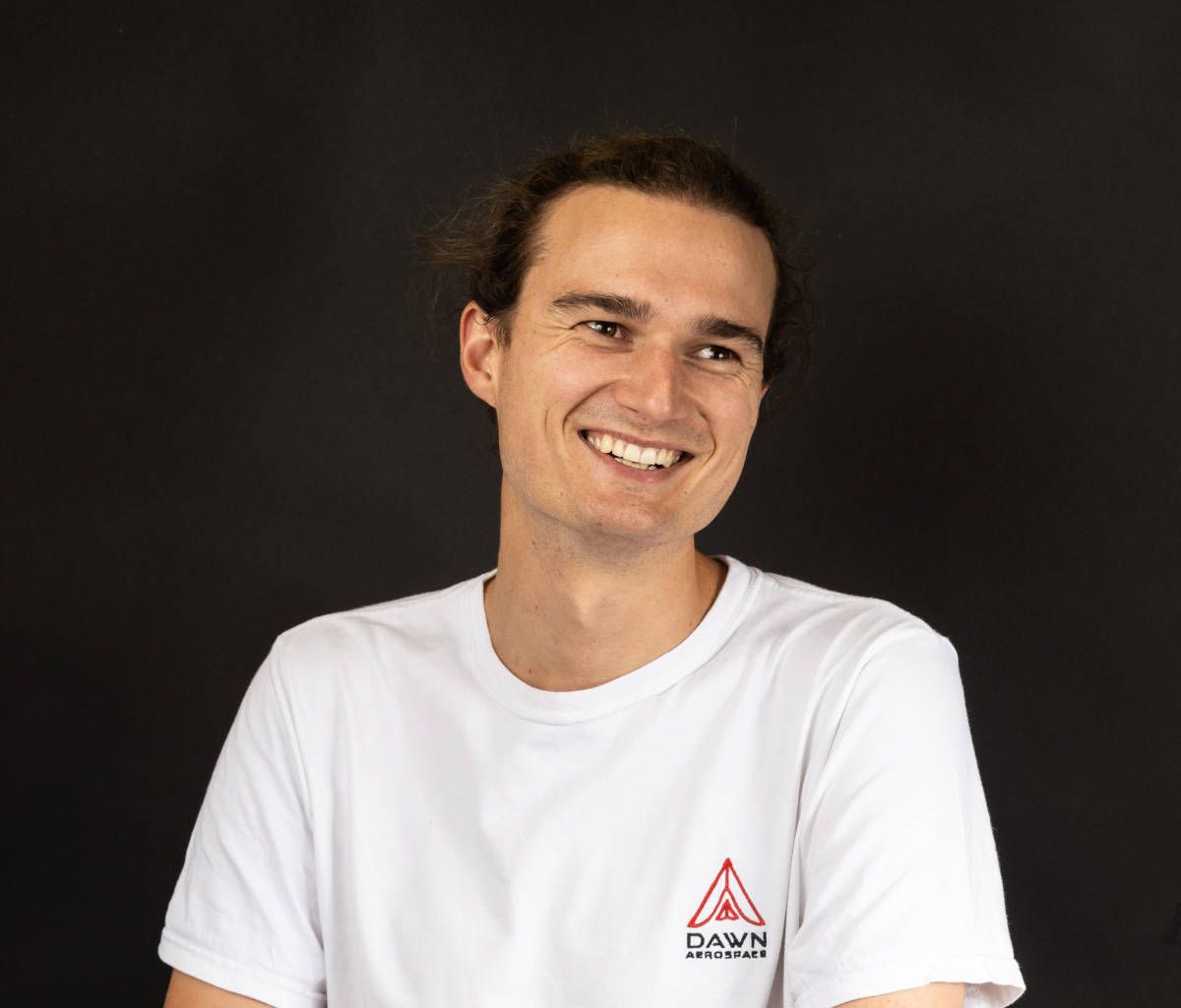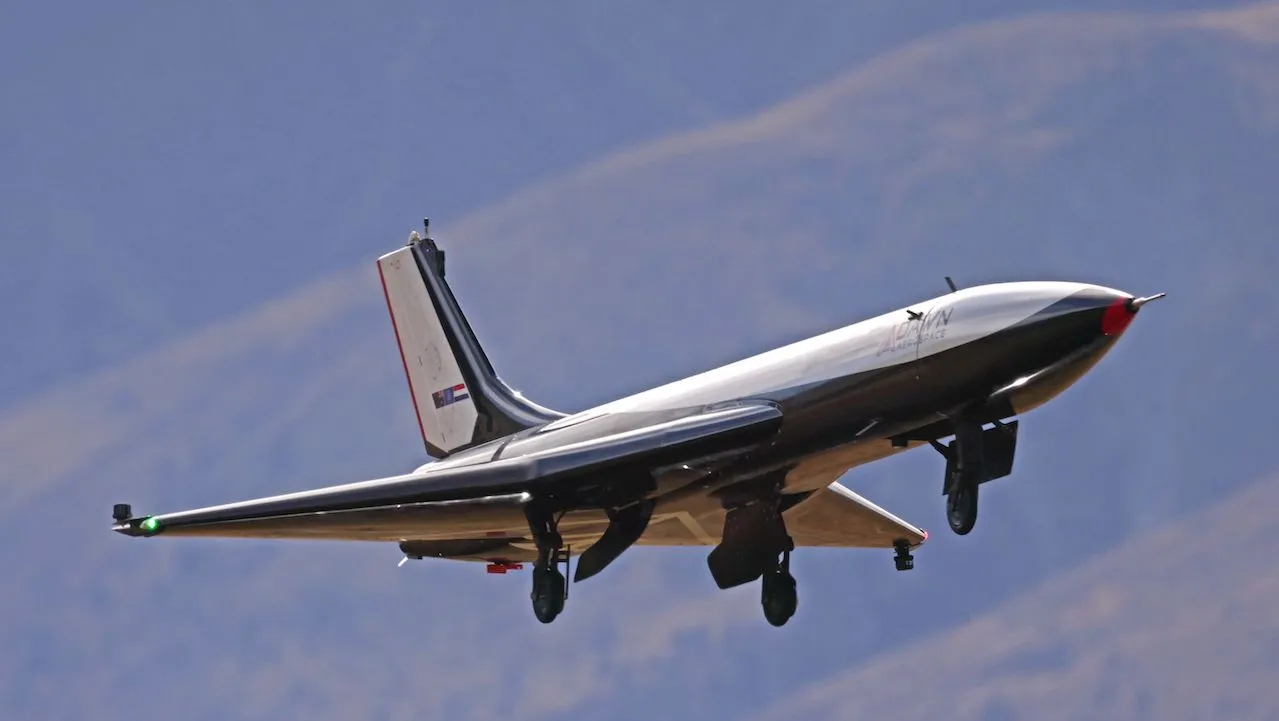In its most recent test campaign, Dawn Aerospace’s rocket-powered aircraft achieved unprecedented heights as the company endeavors to construct the most powerful aircraft to ever take off from a runway
The Mk-II Aurora vehicle concluded a series of three flights in late July, reaching a maximum altitude of 50,000 feet and a speed of Mach 0.92. This represents a threefold and fivefold increase from the previous campaign. The subsequent flight campaign, scheduled for mid-September, will endeavor to achieve supersonic flight.
The Mk-II is recognized as a development vehicle, which paves the way for the Mk-III, a two-stage-to-orbit aircraft. However, it is simple to envision the demand for a vehicle with the capabilities that Dawn intends to incorporate into Mk-IIB, which it refers to as the subsequent supersonic iteration.
In a blog post published on Tuesday, the company detailed some of its objectives: “Our ultimate objective is to become the first vehicle to fly above the Kármán line, which is 100km altitude (the generally accepted definition of “space”), twice in a single day, climb faster than an F-15, fly higher than a MiG-25, and fly faster than an SR-71 by the end of 2025.” Some of these records have been in existence for more than fifty years.
The organization perceives two primary revenue opportunities or development streams. One is designed to accommodate remote sensing, Earth observation, and atmospheric research by employing a vehicle optimized for payload capacity. The second vehicle, designed for high-speed atmospheric flight, is intended for hypersonic testing, point-to-point transportation, and microgravity research.
In a recent interview, Dawn’s CEO and co-founder Stefan Powell stated that the company is investigating vehicle designs that are still relatively compact but have been optimized for each of the applications above. “We are not publicly discussing the specific targets, timing, or methods we will pursue. However, the Mk-IIB can perform both functions, enabling us to explore the commercial aspects.”

Consequently, we are currently engaged in numerous conversations with consumers interested in pursuing one of these options.
Dawn has raised a minimum of $15 million in funding and has spent relatively little on the flight program thus far, with only $10 million. The ultimate objective is to complete the program for under $20 million. Even though the company generates some revenue from its other business line, small satellite propulsion systems, the quantity of outside capital it attracts is still relatively small, particularly for an aerospace company in this stage of development.
It significantly reduces the development costs of hypersonic aircraft, vertical launchers, or spaceplanes. Powell attributes the company’s success to its decision to develop “an aircraft with the performance of a rocket, not a rocket with wings,” as it states in the blog post.
The risks associated with rockets are substantial: Each flight must be executed impeccably. It can be challenging to survive and truly iterate when anomalies can lead to a rocket’s destruction, even during the development stages, without substantial cash to fall back on.
Consequently, the organization pursued aviation. James Powell, the company’s co-founder and CFO, had experience in the aircraft industry. The company sought inspiration from the industry’s low marginal operating costs, rapid reprocessing, and high reliability to inform its plans.
“The primary objective of our development to date has been to cultivate the ability to learn rapidly and apply the mentality that “it is an aircraft with the performance of a rocket, not a rocket with wings,” as this enables a fundamentally superior method of operation,” he stated.
“I believe it is widely recognized that the Shuttle was used to test spaceplanes, but this was unsuccessful, which is a foolish concept.” And if not that, then objects with wings are inherently foolish, as evidenced by the failure of Virgin Orbit. Air launch is a foolish endeavor.
Before you can truly comprehend the distinction between our endeavors and the rockets with wings that have taken flight before us and how the trajectory we are currently on is reminiscent of an aircraft trajectory, there is still a way to achieve the performance of a rocket. You must engage in a highly nuanced discussion.”



